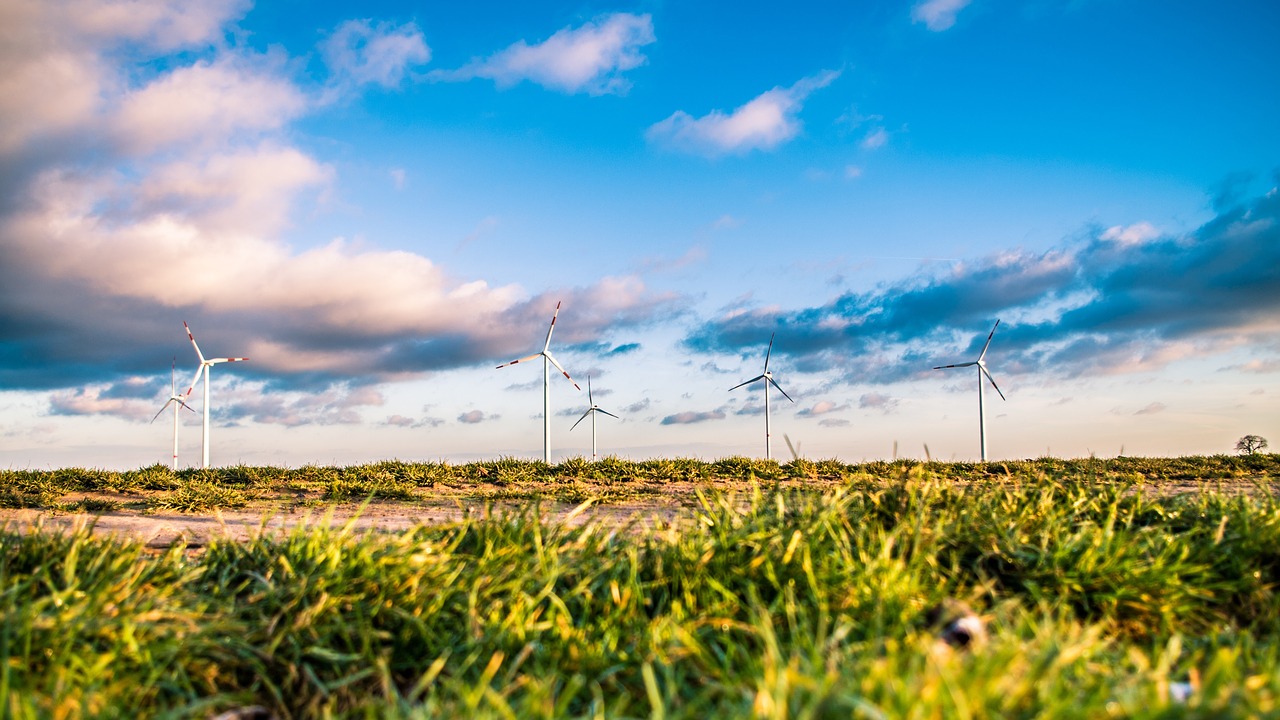Energy demands is rising but the efficiency of solar panels is less than 25 percent and still a subject of current research. Wind turbines, on the other hand, are much more efficient and convert over 45 percent of the wind energy to electricity.
Though wind turbines are efficient, wind farm layouts can reduce this efficiency if not properly designed.
To build more efficient wind farms, designers must take many factors into account wind speed and turbine spacing, as well as land size, geography, number of turbines, amount of vegetation, meteorological conditions, building costs.
Researchers atPenn State Behrend and the University of Tabriz, Iran, focused on one approach, called “biogeographical-based optimization.” Created in 2008 and inspired by nature, BBO is based on how animals naturally distribute themselves to make the best use of their environment based on their needs. By creating a mathematical model from animal behavior, it is then possible for the researchers to calculate the optimal distribution of objects in other scenarios, such as turbines on a wind farm.
The research team improved and completed the BBO approach by incorporating additional variables (real market data, the roughness of the surface and how much wind each turbine receives) and a more realistic model for calculating wakes — areas with slower wing speeds created after the wind blows past a turbine, similar to the wake behind a boat — and testing how sensitive the model was to other factors such as interest rates, financial incentives, and differences in energy production costs.
By incorporating more data, such as updated meteorological records and manufacturer information, the researchers will be able to use the BBO approach to optimize wind farm layouts in many different locations, helping wind farm designers across the world make better use of their land and generate more energy to meet future energy demands from consumers.






